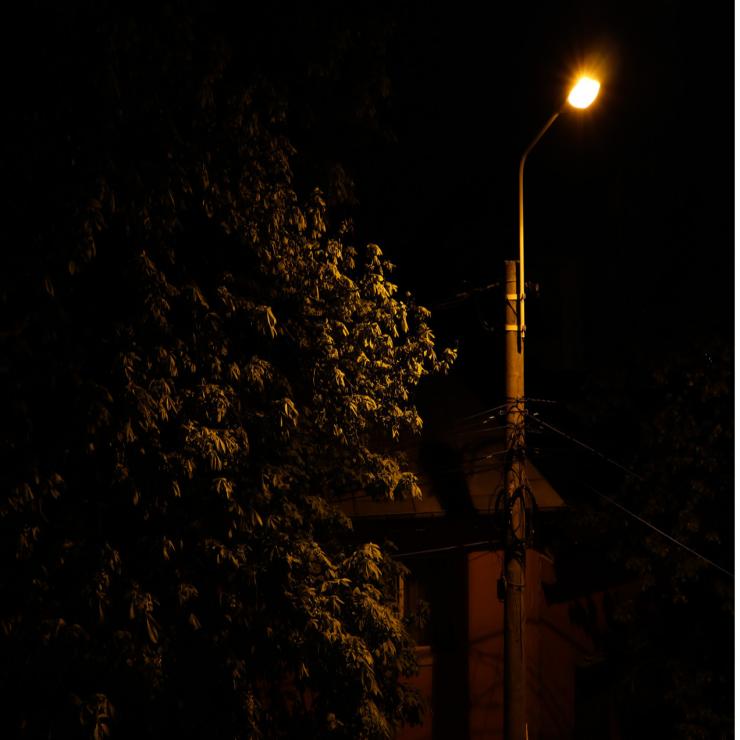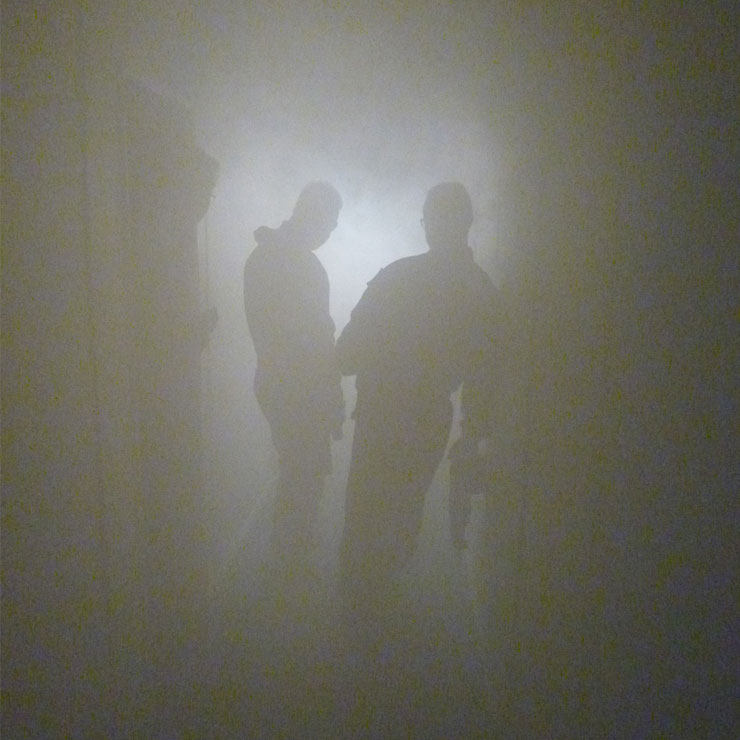Physical security technologies can:
- offer area surveillance (via Video Surveillance Systems),
- detect intruders and / or high threat scenarios
- control access to secure areas, when used in conjunction with physical barriers
Physical security technologies often converge into a security control room and, while individual technologies may be working, the control room may not be effectively using this information
This section gives information on these technologies along with guidance on the effective running of a Security Control Room.

Guidance
Automatic Access Control Systems (AACS) provide detection and audit to limit who can go where.

Information
Locks and locking hardware need to provide security against forcible and/or surreptitious attack

Guidance
Closed-Circuit Television (CCTV) is a system in which images are monitored and recorded for surveillance and security purposes. NPSA have updated the page to include a new Introduction to CCTV video

Guidance
Perimeter Intrusion Detection Systems is a generic term which covers a wide range of technologies designed to provide advance warning of an intruder gaining access to a secure area

Guidance
Updated guidance on Intrusion Detections Systems (IDS) is now available. IDS are sited within a building and offer out of hours protection when the building or buildings are locked at night

Guidance
Security lighting plays an important part of any site’s security regime. Good quality and well planned lighting will assist your guard force
Guidance
A tracking system can assist and aid the response force following initial detection of intrusion.

Guidance
Advice on the use of active access delay systems which can disorient and delay attackers from entering the site(s)

Guidance
A gunshot detection system is typically comprised of one or more sensors (optical and/or acoustic) that accurately and reliably detects live ammunition (gunshots) being discharged

Guidance
A well-run control room can provide the fundamental principles of Deter, Detect and Delay